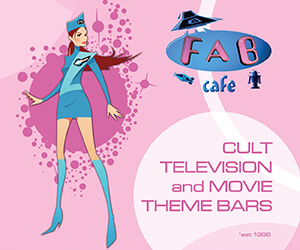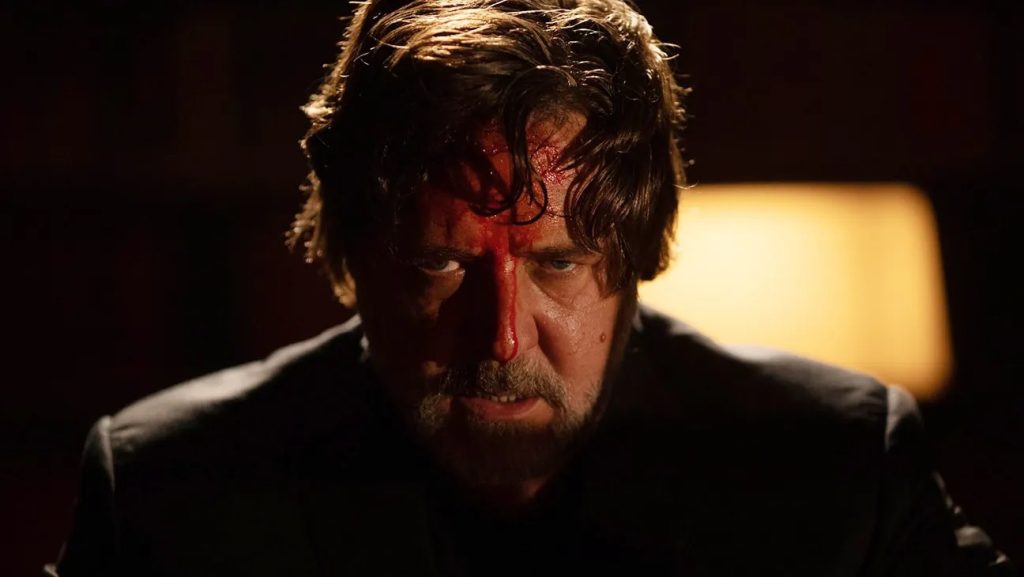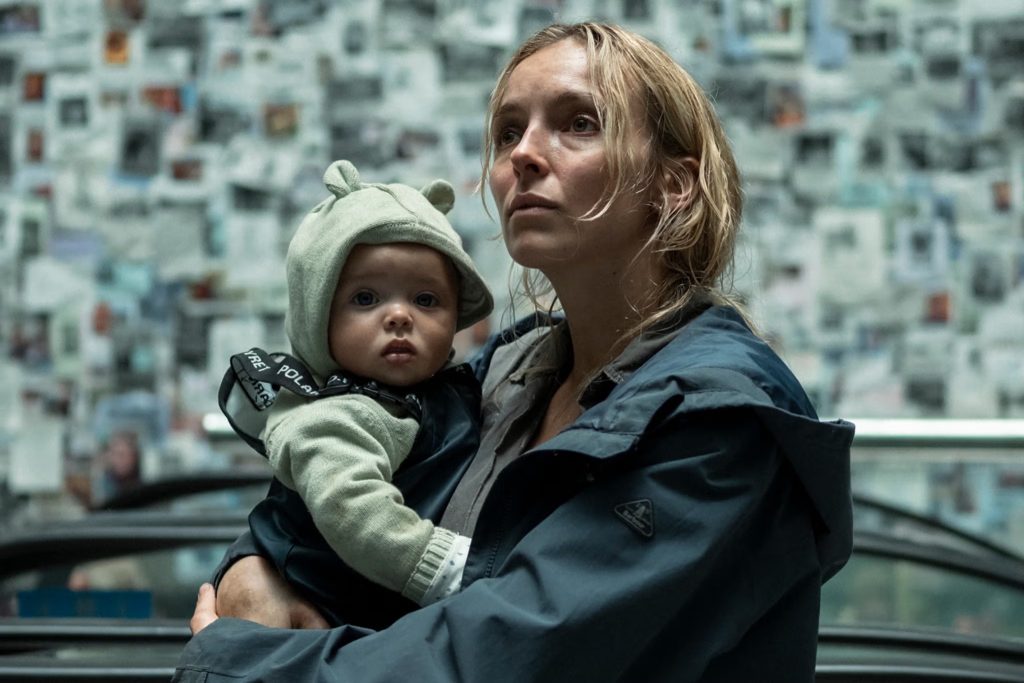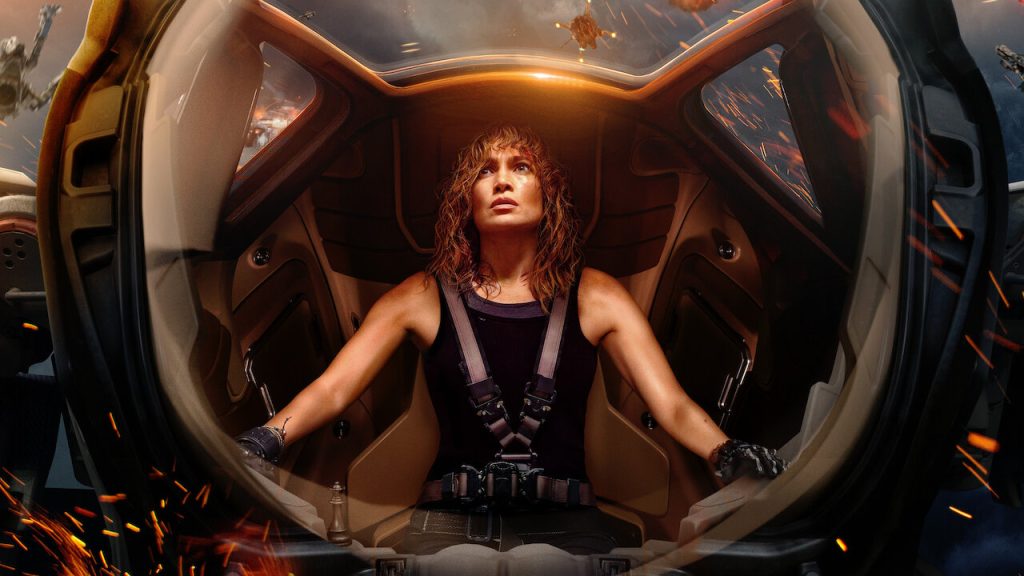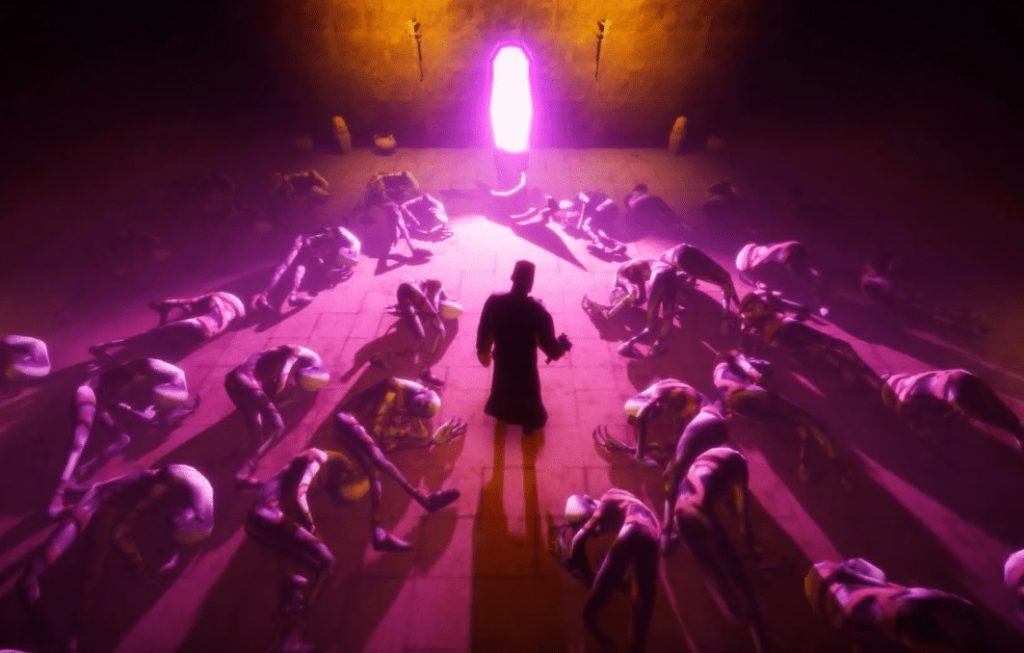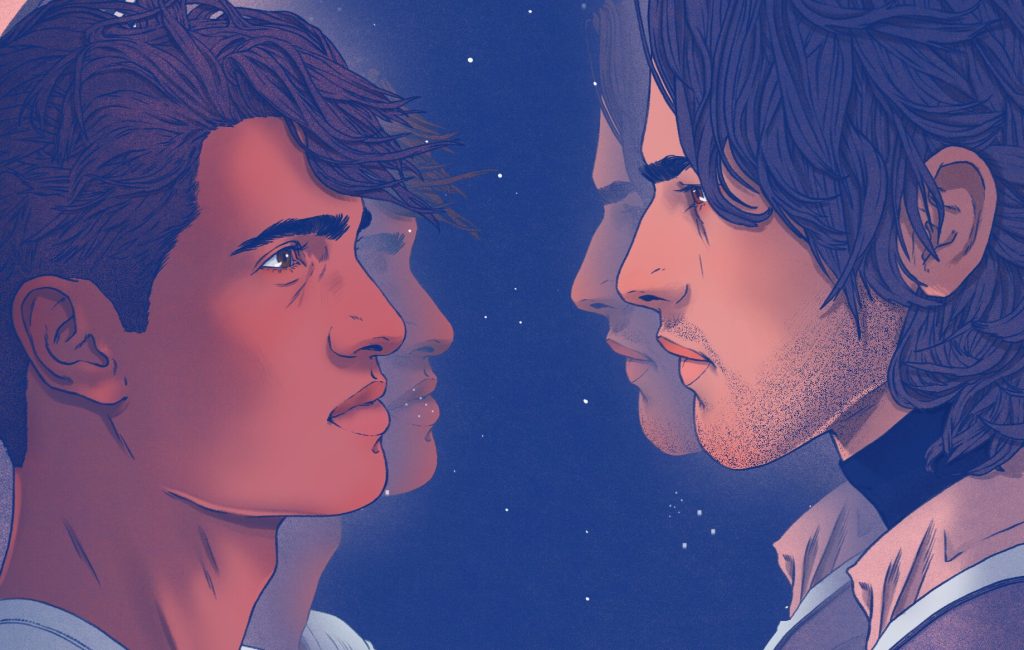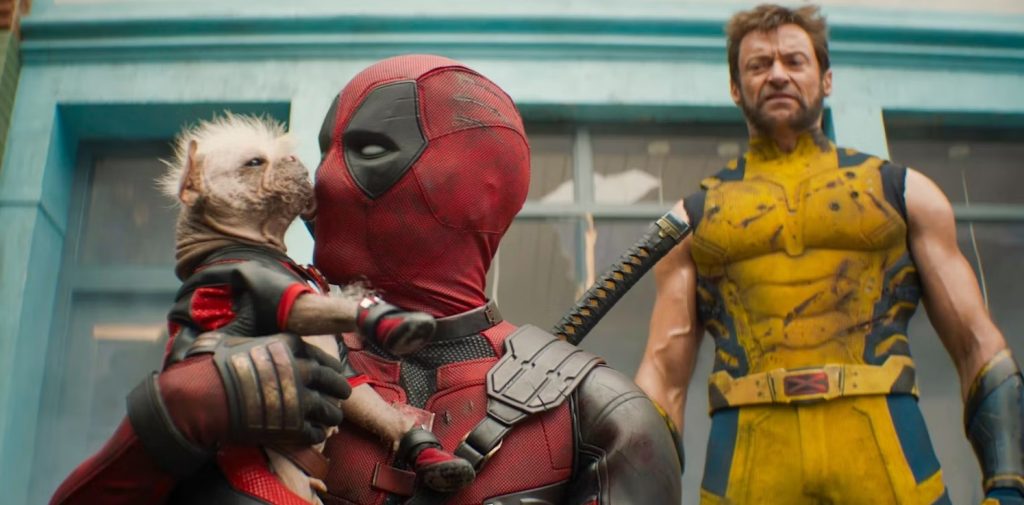Ah, telephemera… those shows whose stay with us was tantalisingly brief, snatched away before their time, and sometimes with good cause. They hit the schedules alongside established shows, hoping for a long run, but it’s not always to be, and for every Street Hawk there’s two Manimals. But here at STARBURST we celebrate their existence and mourn their departure, drilling down into the new season’s entertainment with equal opportunities square eyes… these are The Telephemera Years!
1999-2000
As US TV moved into the twenty-first century, the schedule was full of comings and goings. Sure, old reliables like ER, Friends, Frasier, and Touched by an Angel could be relied upon to bring in millions of viewers for NBC and CBS, but everyone was talking about the new kids on the block. ABC took the top three slots in the ratings with the thrice-weekly Who Wants to Be a Millionaire?, while CBS jumped into the reality market with two feet, debuting both Big Brother and Survivor to an America hungry for average Joes. Also arriving on the network schedules was Judging Amy, Malcolm in the Middle, Law & Order: SVU, and The West Wing, while HBO debuted The Sopranos.
For genre fans, Buffy spin-off Angel premiered on The WB, as did UFO drama Roswell, and Relic Hunter, The Lost World, and Beastmaster are began syndicated runs. This made up for the loss of Sliders and Poltergeist: The Legacy, both of which were entering their final seasons, along with Boy Meets World, Chicago Hope, Beverly Hills 90210, Party of Five, and Veronica’s Closet. That’s what the grown-ups were watching, at least, but what about their kids? This is the story of some of 1999’s more intriguing cartoon debuts…
The Avengers: United They Stand (Fox): It might seem difficult to imagine now, after a decade and a half of the MCU and the Avengers Initiative, but there was a time when The Avengers were deeply unfashionable. Despite some solid storytelling from Roger Stern and John Buscema in the mid-1980s, the team had lapsed into a mostly second-rate affair by the start of the 1990s, with Captain American, Iron Man, and Thor occasionally joining the team but rarely together, even after Kurt Busiek’s celebrated reboot in 1998.
It’s not surprising, then, that the efforts of Marvel Studios were directed more towards the X-Men and Spider-Man throughout the 1990s, with occasional diversions into other properties never seeming to include the Avengers. That changed in 1997 when Roland Poindexter, the head of Fox Kids, asked X-Men: The Animated Series writers Robert N Skir and Marty Isenberg to work up a treatment for an Avengers cartoon. That was soon set aside for a proposed Captain America solo series but in the end neither happened due to Marvel Comics’ oncoming bankruptcy.
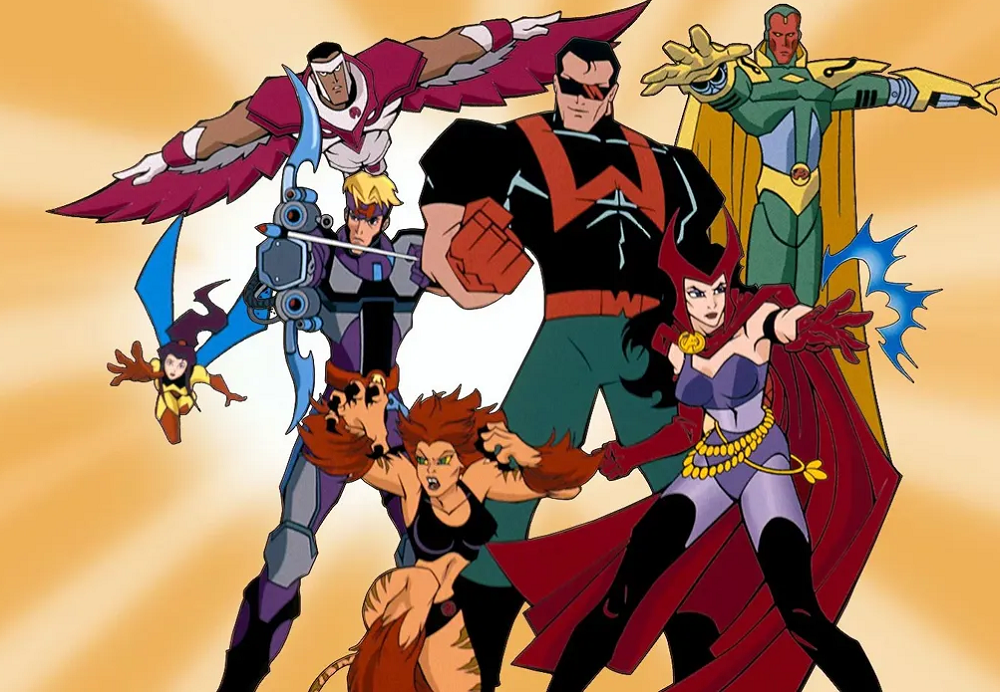
A year later, and with things more settled at Marvel, Poindexter decided to revisit the Avengers idea and gave the series bible created by Skir and Isenberg to another former X-Men staffer, Eric Lewald¸ who polished the concept for a series that, like the comic books of the time, wouldn’t feature any of the big three. Instead, Avengers: United They Stand was more loosely based on the West Coast Avengers comic book of the late 1980s and early 1990s, with Falcon, Hawkeye, Scarlet Witch, Tigra, Vision, Wasp, and Wonder Man joining a team led by Ant-Man.
The series got off to a strong start with perennial Avengers villain Ultron threatening the world and went on to feature threats from such Avengers regulars as Kang the Conqueror and the Masters of Evil, with guest appearances from Captain America, Iron Man, and the Sub-Mariner. To capitalise on the success of Batman Beyond, a late decision was made to set the series twenty-five-years into the future, although without ageing the characters, and the Avengers were often given armoured costumes, presumably to make them more toyetic (and new Marvel owners Toy Biz did, indeed, release a line of action figures based on the show).
A first season of thirteen episodes was produced and plans were underway for a second season – which would have explored the origins of the characters – but Fox cancelled the show before work began on that extension. It would be 2010 before the Avengers got their own show again as Avengers: Earth’s Mightiest Heroes ramped up the excitement for their 2012 feature film debut. Notably that series had the big three along for the ride, as well as Hulk and Black Panther, as lessons had obviously been learned…
The Weekenders (ABC): Although it gets much, much worse in adulthood, that feeling of the weekend slipping away from you, with Monday morning fast approaching, is keenly felt by schoolchildren the world over. What better premise, then, than the adventures of a gang of middle school children over a weekend, with a ticking clock counting down until the end of their precious free time…
The Weekenders was created by Doug Langdale, a veteran animation staffer with credits such as Earthworm Jim, Pinky and the Brain, and Darkwing Duck on his résumé. His show revolved around four diverse character – friendly Italian American Tino Tonitini, the hyperactive Lor MacQuarrie, Haitian immigrant Carver Rene Descartes, and Tish Katsufrakis, a whipsmart Jewish girl whose relatives come from “the Old Country.”
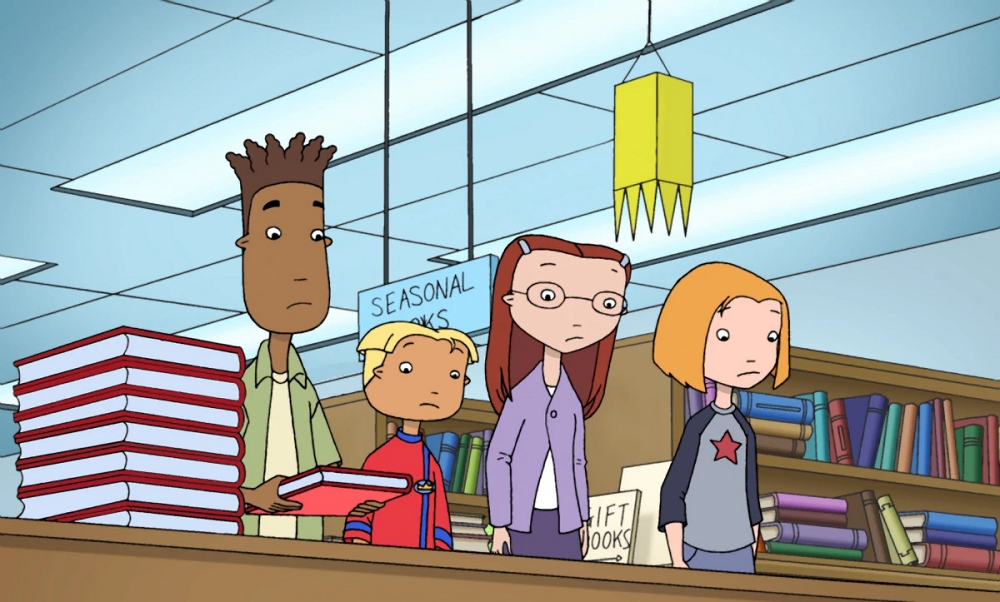
Each episode begins on Friday afternoon as school gets out (although, tellingly, their school life plays little part in the show), setting up the adventure for Saturday and Sunday, all behind a theme tune – “Livin’ For The Weekend” – by Whose Line Is It Anyway? Regular Wayne Brady. The first season, which aired as part of Disney’s Saturday morning block on ABC alongside Recess and Pepper Ann in February 2000, saw the gang deal with unrequited love, immaturity, and makeovers, all wrapped up in a neat package of exploring what their friendships mean in the face of adversity.
The Weekenders was popular enough – it knocked the previously unassailable Pokémon off the top spot – that it was renewed for a second season in September 2000. A third – this time on UPN – arrived a year later and a final season of five episodes brought the total number of episodes for the gang to thirty-nine, although all but five of the episodes featured two adventures per half-hour. The final episode ended with Tino seeing his dad for the first time in eight years, a fitting way for a show which wore its heart firmly on its sleeve to go out.
Big Guy and Rusty the Boy Robot (Fox): Frank Miller rose to prominence with a celebrated run on Daredevil for Marvel Comics, much of which continues to be mined by both comic book and TV stories featuring the blind crimefighter. Miller cemented his reputation with The Dark Knight Returns, his gritty exploration of an ageing Batman, and by the end of the 1980s was preparing to work only on creator-owned projects, published through Dark Horse Comics.
The first of these was Hard Boiled, a collaboration with French artist Geof Darrow, a protégé of the legendary Mœbius. Hard Boiled was ultraviolence personified, illustrated beautifully in Darrow’s ultra-detailed style which made each panel look like a still from an explosion. Miller followed Hard Boiled with Give Me Liberty with Dave Gibbons, and with his own Sin City project, but also returned to Marvel to produce Daredevil: The Man Without Fear, a retelling of the hero’s earliest days. This set Darrow on a path to do a superhero story with Miller and the pair initially worked on an Iron Man treatment, which Marvel passed on.
Miller and Darrow retooled their pitch into Big Guy and Rusty the Boy Robot, with Big Guy making his debut in two issues of Mike Allred’s Madman series, also published by Dark Horse. Two oversized issues followed in the summer of 1995, telling the story of Rusty, an Atom Boy-like Japanese defender of liberty, and Big Guy, his American counterpart, standing several stories high and perfect to combat the threat of alien kaiju.
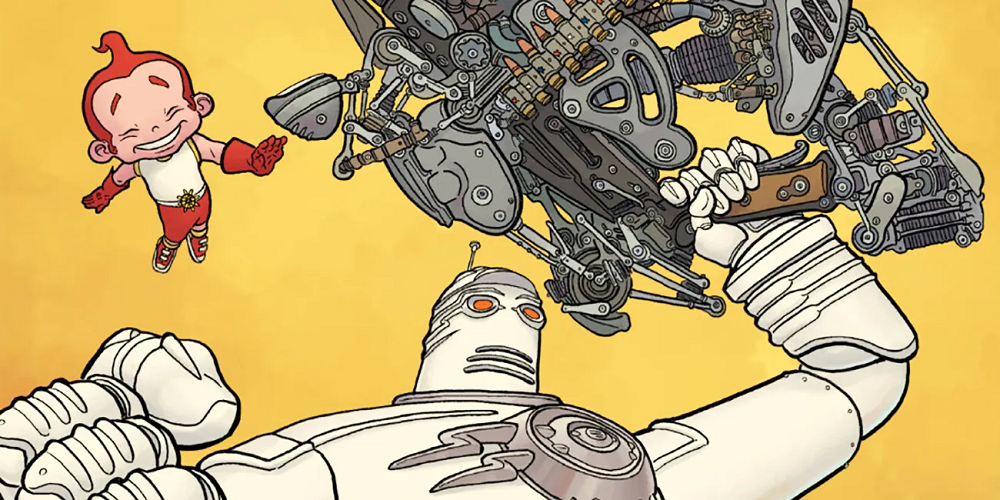
In 1999, Big Guy and Rusty the Boy Robot came to TV, courtesy of Fox Kids, who tasked animation veterans Richard Raynis, Duane Capizzi, and Jeff Kline – who had worked together on Extreme Ghostbusters – with adapting the comic for the screen. In the show, which debuted in September 1999, Rusty was the replacement for Big Guy, a more advanced robot capable of saving Earth on his own, but his inexperience leads to Big Guy being recommissioned to act as his guide. In reality, Big Guy is not actually a robot but has to be piloted by Lieutenant Dwayne Hunter, a weakness which the enemy are always striving to discover.
The thirteen-episode first season saw the character’s introduced and given depth, with Rusty in particular wondering what it means to be an artificial boy. In fact, the TV show was by degrees more mature and rounded than the comics that inspired it, which were – fun as they are – little more than excuses for Darrow to stretch his considerable artistic talents. A second season, also of thirteen episodes, appeared a year later but, despite the series ending with a B-movie-style question mark, there would be no third. Big Guy made one final comic book appearance – a cameo in Sin City: Hell and Back, but otherwise the pair have been absent from any media since the end of the show, hopefully still prepared to defend Earth should they be called upon.
NASCAR Racers (Fox): The received wisdom that NASCAR – the USA’s most enduring form of car racing – is only popular in the American South was briefly threatened in 1999 by the arrival of NASCAR Racers, an attempt to sell the concept to kids nationwide through an animated show on Fox Kids. Produced by Saban Entertainment using a mixture of traditional and computer-generated animation, the series debuted in November 1999 on Saturday mornings, sandwiched between Digimon and Transformers: Beast Machines.
Unlike the real-life NASCAR, which currently has twenty-three teams competing for the NASCAR Cup, NASCAR Racers has just two teams fighting for supremacy, Team Fastex and Team Rexcor. Fastex are the good guys, led by Mark “Charger” McCutchen, a second-generation racer who has a crush on teammate Megan “Spitfire” Fassler, the daughter of the team’s owner. Facing them are the ruthless Lyle “The Collector” Owens and his mean-spirited Rexcor bunch, including the spooky Specter and former model Zorina.
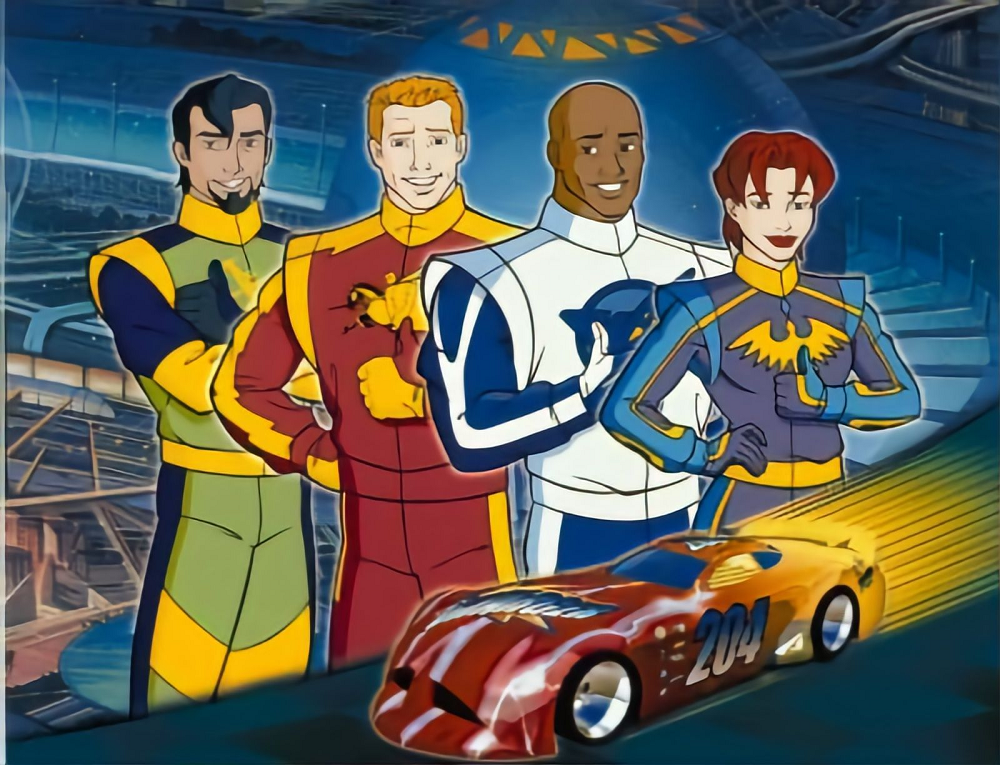
Another difference from the real-life NASCAR racing, which mostly takes place on large ovals, is in the tracks, which encompass a wide range of styles and terrains, making a lie out of the real sport for any fans tempted to tune in by the cartoon. The races were drama- and incident-filled, and the introduction of an android programmed to win races for Rexcor and destroy Team Fastex upped the ante towards the end of season one.
Season two saw independent drivers enter the equation, goading the Fastex and Rexcor racers into accepting their challenges, the most successful of them – “Redline” O’Rourke – even winning a race, as well as competing with Charger for Spitfire’s attentions. There were plans for a third season which, alongside Saban’s sale to Disney, were abandoned after the real-life death of beloved NASCAR racer Dale Earnhardt during the Daytona 500 in February 2001. Whether Rexcor’s android was responsible is still to be confirmed.
Next time on The Telephemera Years: We’re back in the time machine and off to 1976, where future cops, rabbis, and invisible men await!
Check out our other Telephemera articles:
The Telephemera Years: pre-1965 (part 1, 2, 3, 4)
The Telephemera Years: 1966 (part 1, 2, 3, 4)
The Telephemera Years: 1967 (part 1, 2, 3, 4)
The Telephemera Years: 1968 (part 1, 2, 3, 4)
The Telephemera Years: 1969 (part 1, 2, 3, 4)
The Telephemera Years: 1970 (part 1, 2, 3, 4)
The Telephemera Years: 1971 (part 1, 2, 3, 4)
The Telephemera Years: 1973 (part 1, 2, 3, 4)
The Telephemera Years: 1974 (part 1, 2, 3, 4, 5)
The Telephemera Years: 1975 (part 1, 2, 3, 4)
The Telephemera Years: 1977 (part 1, 2, 3, 4)
The Telephemera Years: 1978 (part 1, 2, 3, 4)
The Telephemera Years: 1980 (part 1, 2, 3, 4)
The Telephemera Years: 1981 (part 1, 2, 3, 4)
The Telephemera Years: 1982 (part 1, 2, 3, 4)
The Telephemera Years: 1983 (part 1, 2, 3, 4)
The Telephemera Years: 1984 (part 1, 2, 3, 4)
The Telephemera Years: 1986 (part 1, 2, 3, 4)
The Telephemera Years: 1987 (part 1, 2, 3, 4)
The Telephemera Years: 1989 (part 1, 2, 3, 4)
The Telephemera Years: 1990 (part 1, 2, 3, 4)
The Telephemera Years: 1992 (part 1, 2, 3, 4)
The Telephemera Years: 1995 (part 1, 2, 3, 4)
The Telephemera Years: 1997 (part 1, 2, 3, 4)
The Telephemera Years: 1998 (part 1, 2, 3, 4)
The Telephemera Years: 1999 (part 1, 2, 3)
The Telephemera Years: 2000 (part 1, 2, 3, 4)
The Telephemera Years: 2002 (part 1, 2, 3, 4)
The Telephemera Years: 2003 (part 1, 2, 3, 4)
The Telephemera Years: 2005 (part 1, 2, 3, 4)
The Telephemera Years: 2006 (part 1, 2, 3, 4)
The Telephemera Years: 2008 (part 1, 2, 3, 4)
The Telephemera Years: O Canada! (part 1, 2, 3, 4)
Titans of Telephemera: Irwin Allen
Titans of Telephemera: Stephen J Cannell (part 1, 2, 3, 4)
Titans of Telephemera: DIC (part 1, 2)
Titans of Telephemera: Hanna-Barbera (part 1, 2, 3, 4, 5)
Titans of Telephemera: Kenneth Johnson
Titans of Telephemera: Sid & Marty Krofft
Titans of Telephemera: Glen A Larson (part 1, 2, 3, 4)


